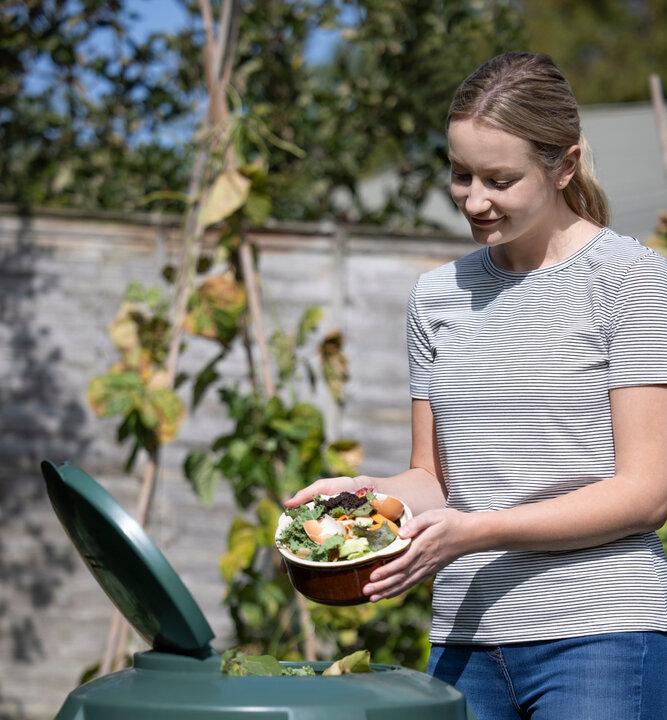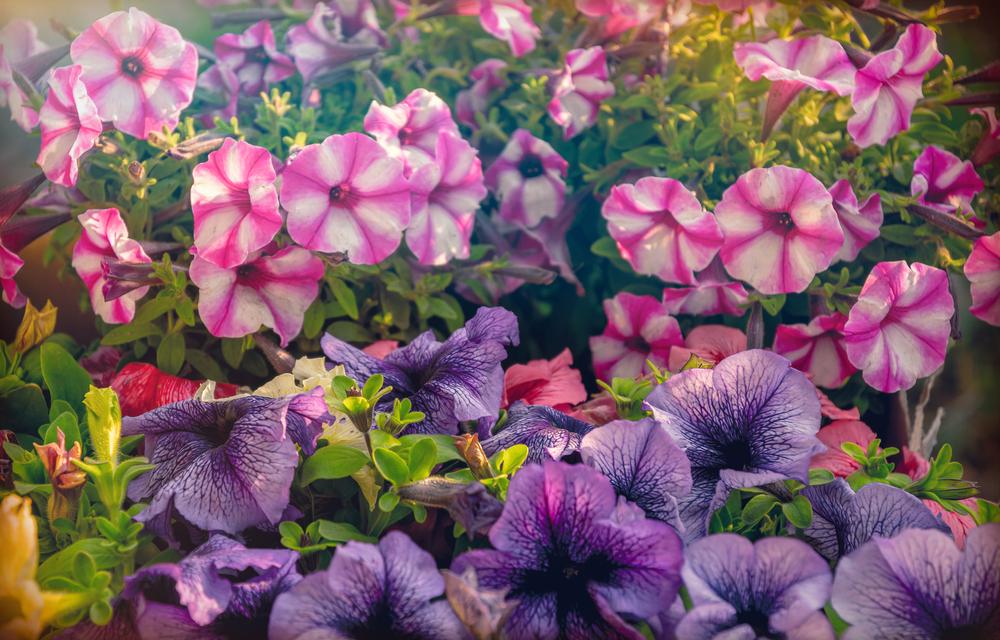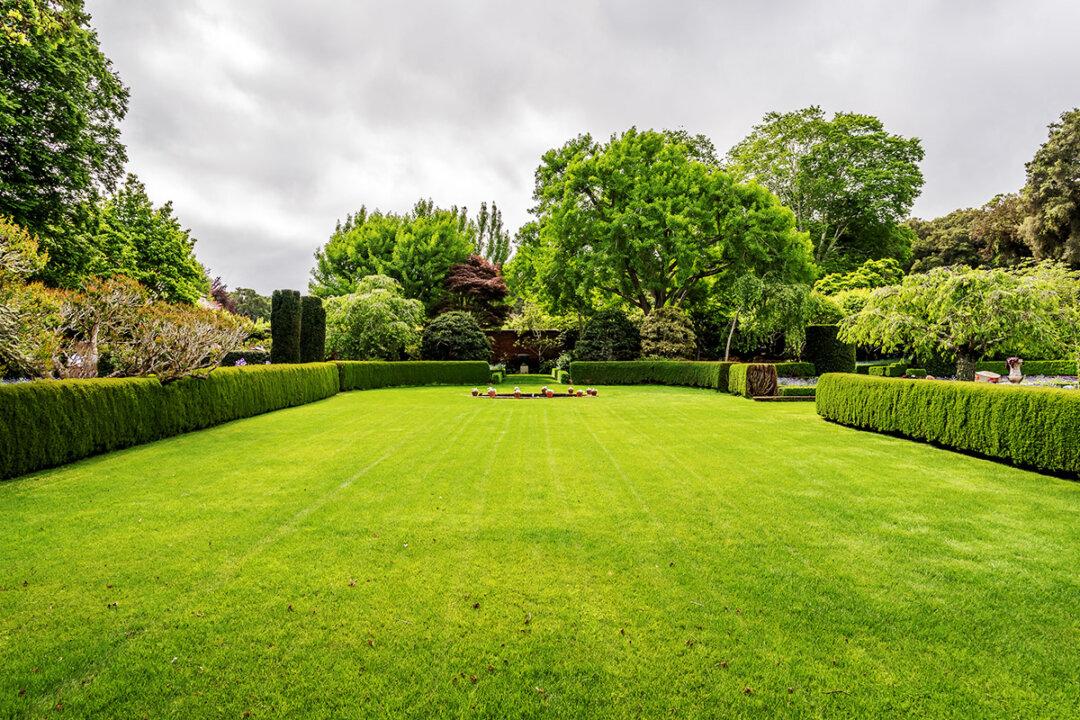When you start composting, it’s remarkable to see how much less trash you generate every week. For instance, in my house, with 2 adults full time and 2 kid on weekends, we went from 4 bags a week to 2, and sometimes 1 (we’re prodigious recyclers, too). Multiply that by the number of households in the United States and indeed the world, and that is a startling amount of landfill space up for grabs 0r would be, if every household was composting and recycling. In fact, according to the infographic below (courtesy of fix.com), each household in the U.S. creates on average 650 pounds of waste which could easily be funneled into the compost pile.
We gardeners know that compost is black gold. It nourishes our soils and plants with micro nutrients unavailable in commercial fertilizers, and the bacteria and fungi feed the soil food web. We save tons of money on bagged compost ($1 or more per cubic foot) and if we have enough homemade, need little, if any, organic fertilizer.





